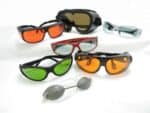We are all very aware of what a safety vest does for us.
It basically makes us clearly visible from a long distance while at work and thus saves us from upcoming hazards like hit by a vehicle!
But, the question is what does a class 3 safety vest mean?
As per the ANSI guidelines, class 3 safety vests are the ones which increase the area of visibility of our body. In other words, class 3 safety vests are the ones with sleeves so that a larger portion of our body is covered with the fluorescent colors and reflective tapes and we are being spotted at work by motorists and other machine operators, thus preventing the impending danger. According to the ANSI safety certifications, class 3 safety vests must have a reflective surface area of minimum 310 square inches.
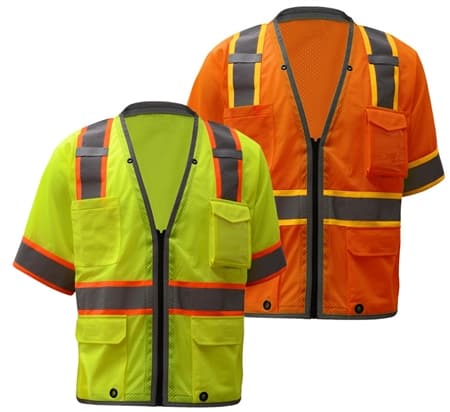
This is not all about class 3 safety vests of course, there is more to it. And today in this article I am going to tell you in details all about them covering the following points:
So, why wait? Let’s get scrolling…
What is a Class 3 Safety Vest?
As stated above and also as stated in ANSI 107-2015 standards for safety regulations, class 3 safety vests are required by workers in extremely high traffic areas like site inspectors, railway workers, emergency responders, utility crews, road traffic signalers, etc.
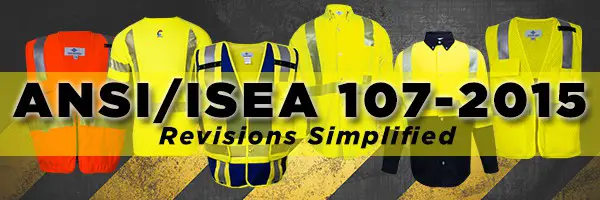
The class 3 safety vests must have the surface area of the reflective tape of 310 square inches wherein the linear feet should be 12.92 and the width be of 2 inches. They come in various colors although the widely accepted colors are fluorescent green yellow and fluorescent orange with silver reflective tapes.
When Should you Wear Class 3 Safety Vests?
| Traffic speed | 50 mph |
| Minimum distance of visibility | 1280 feet |
| Workers of | Emergency responders, roadway construction personnel, survey crew, flagging crew, utility crew |
So, the table above explains you the areas where you need to be wearing a class 3 safety vest. When traffic speed crosses 50 mph (mile per hour), it’s very difficult to spot someone working in the crowd.
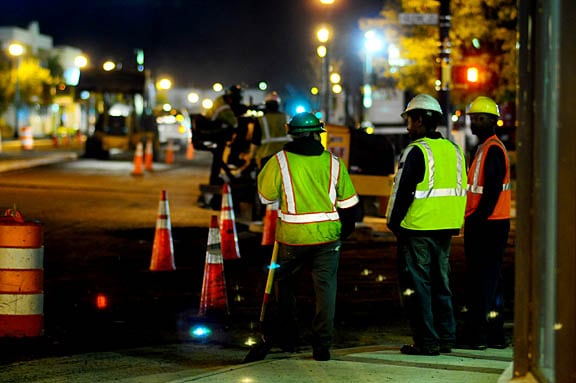
That is when a class 3 safety vest comes to our rescue in making us all the more visible amongst the crowd to the vehicle drivers.
Sites such as roadway construction, survey fields, utility works, emergency fields, etc demand that in order to be safe, the worker must be visible at least from a distance of 1280 feet to the vehicle driver.
Why Should you Wear Class 3 Safety Vest?
Class 3 safety vest is by far the safest types of safety vest as in it the clothing includes the most reflective striping and backside fabric, which means greater visibility and hence greater safety. The more the surface area of the reflective tapes and the background fluorescent material, the more surface area of your body will be visible to the person towards you.
Types of Class 3 Safety Vest
Though it depends on company to company, yet there are basically 4 types of class 3 safety vests, which are as follows:
1.) Economy Class 3 Safety Vests
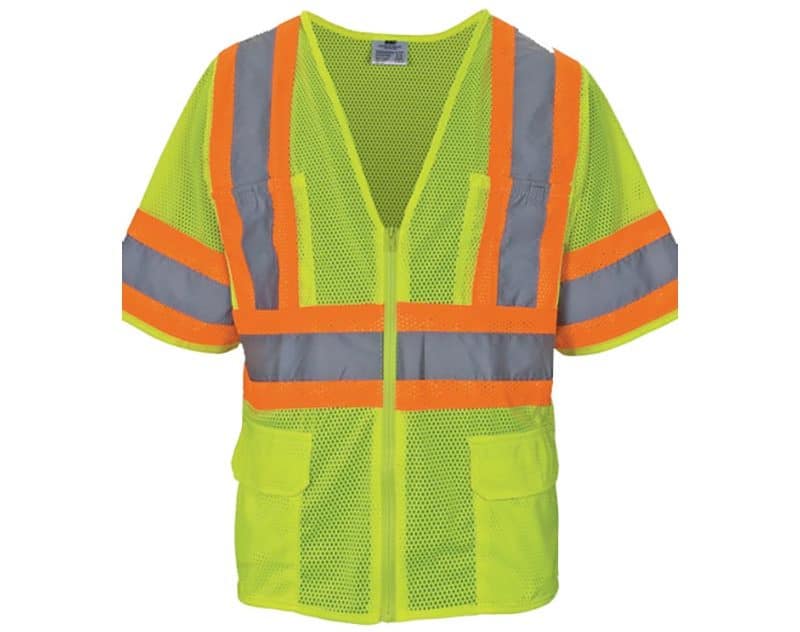
Usually the economy class 3 safety vests have contrasting reflective stripes of 2 inches width with a secured front zipper; an outside left chest radio pocket and a left chest mic tab.
2.) Brilliant Series Class 3 Safety Vests
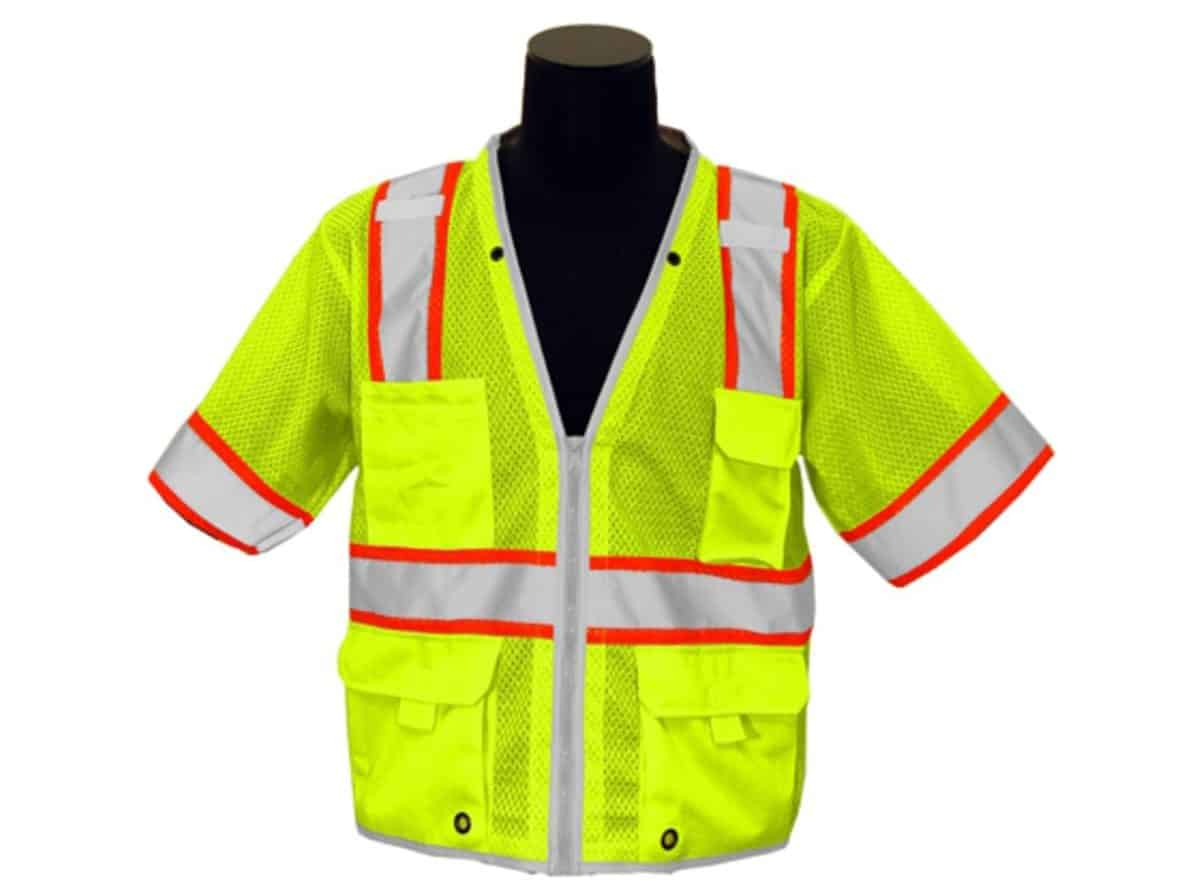
They have a brilliant reflective edging which aids in greater visibility at night. They have contrasting reflective stripes of 2 inches width with a secured front zipper; an outside left chest radio pocket, 2 mic tabs, 4 grommets for the safety tapes, 2 interior pockets and in the exterior they have 4 pockets.
3.) Economy 3 Pocket Class 3 Safety Vests
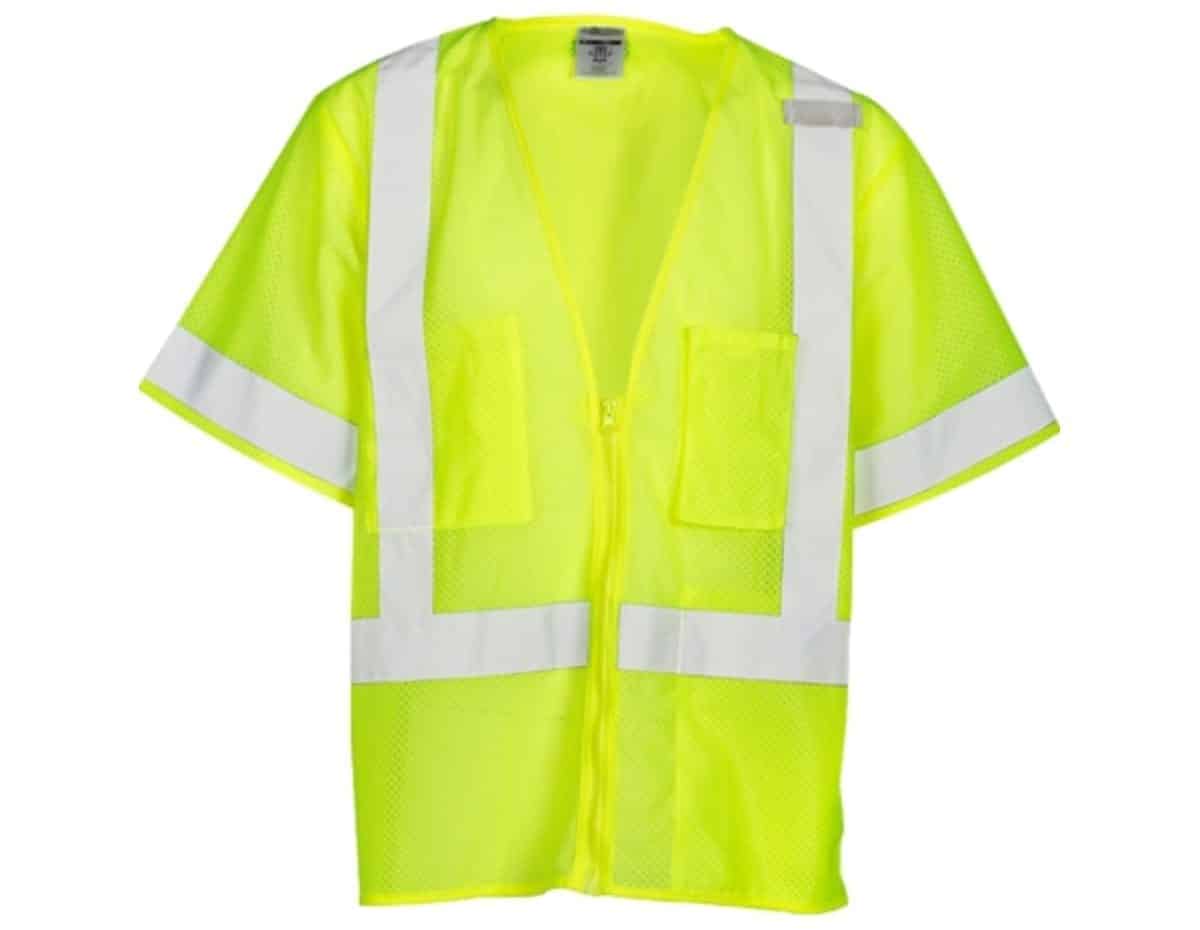
This type of safety vest is very similar to the economy class 3 safety vest just that it includes additional 4 division pockets, the inside of the right chest is 2-tired, and the inside lower left patch pocket has loops and hooks.
4.) Ultra Cool 3 Mesh Safety Vests
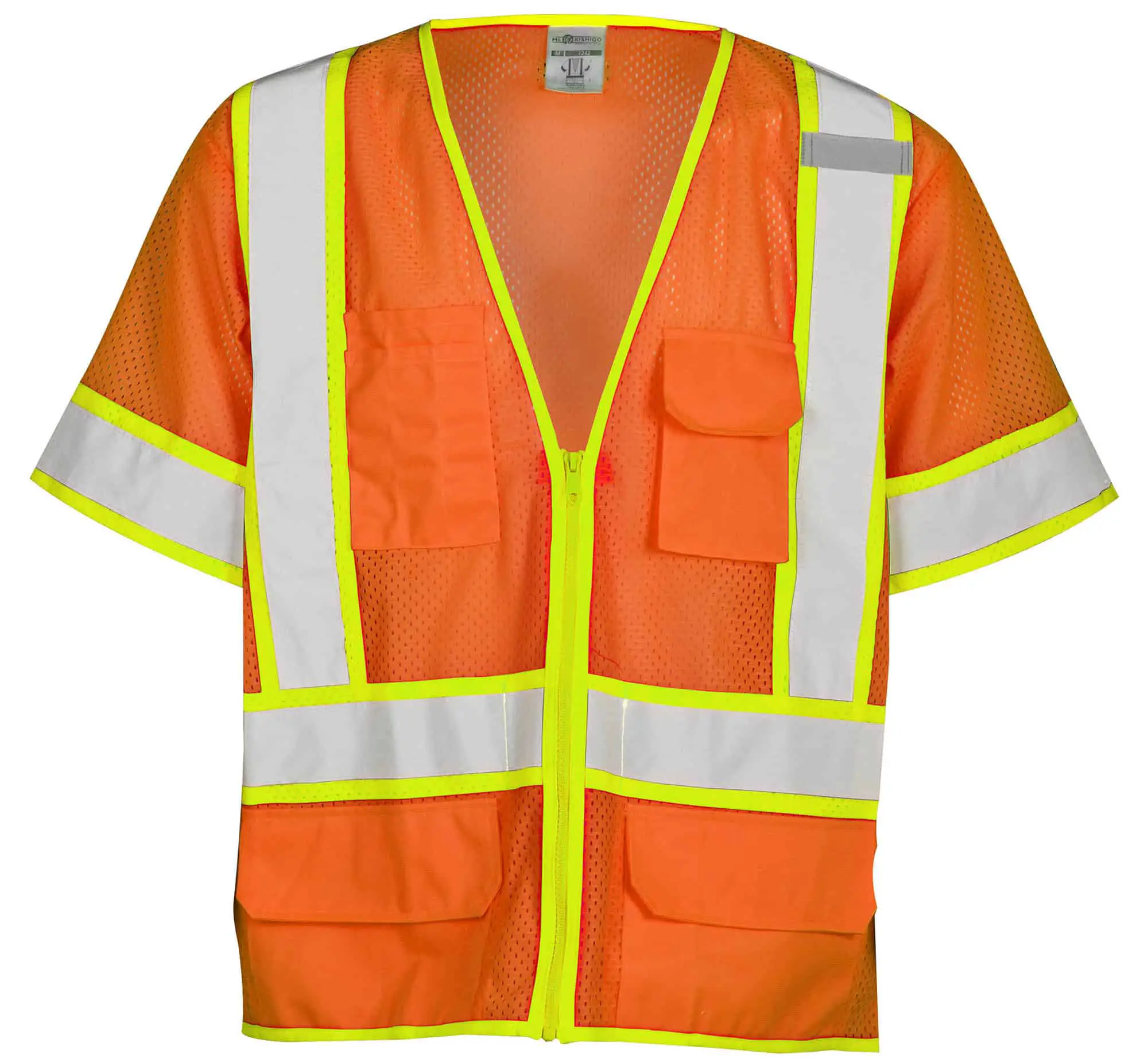
This type of safety vest has 2 pockets in the interior, 4 pockets in the exterior and a secured front zip.
How to Care for Class 3 Safety Vests?
Safety vests are meant to be worn on a daily basis at work, which means daily exposure to sun, dirt and grime. Therefore, it demands proper maintenance in the following ways:
-
-
- Line drying extends the life of the reflective tapes.
- Washing with similar color clothes doesn’t stain them further.
- The safety vests should be washed with a mild shampoo in delicate cycle of the machine.
- Using bleach or fabric softeners is strictly forbidden.
- Drying them under the fan is recommend and not under the sun.
-
Know more about how to wash safety vests.
When Should you Discard Class 3 Safety Vests?
Nothing is meant to last lifelong and so does the safety vests have a certain period of shell life. Once the color starts fading, you must know that it’s time to discard your safety vests.
Though generally, the numbers of washes are mentioned in the care instruction labels, which are approx 50 washes.
So, once it reaches that threshold, which on an average takes 3-5 months, you should immediately discard them because faded garments means no visibility and hence no safety.
Before we say Good Bye:
Class 3 safety vests no doubt is the safest option to consider in high traffic areas. They are far safer than the class 1 and class 2 safety vests in terms of meeting dangers of emergency and high traffic areas.
You can also customize a class 3 garment using class 2 and class 1 garments like wearing a class 1 vest along with a class 2 safety pants. The main purpose lies is making most part of your body visible to the heading danger.
Well, that was all about class 3 safety vests. See you in our next article! Till then…
Take care, stay safe!
And…
Work safely!







